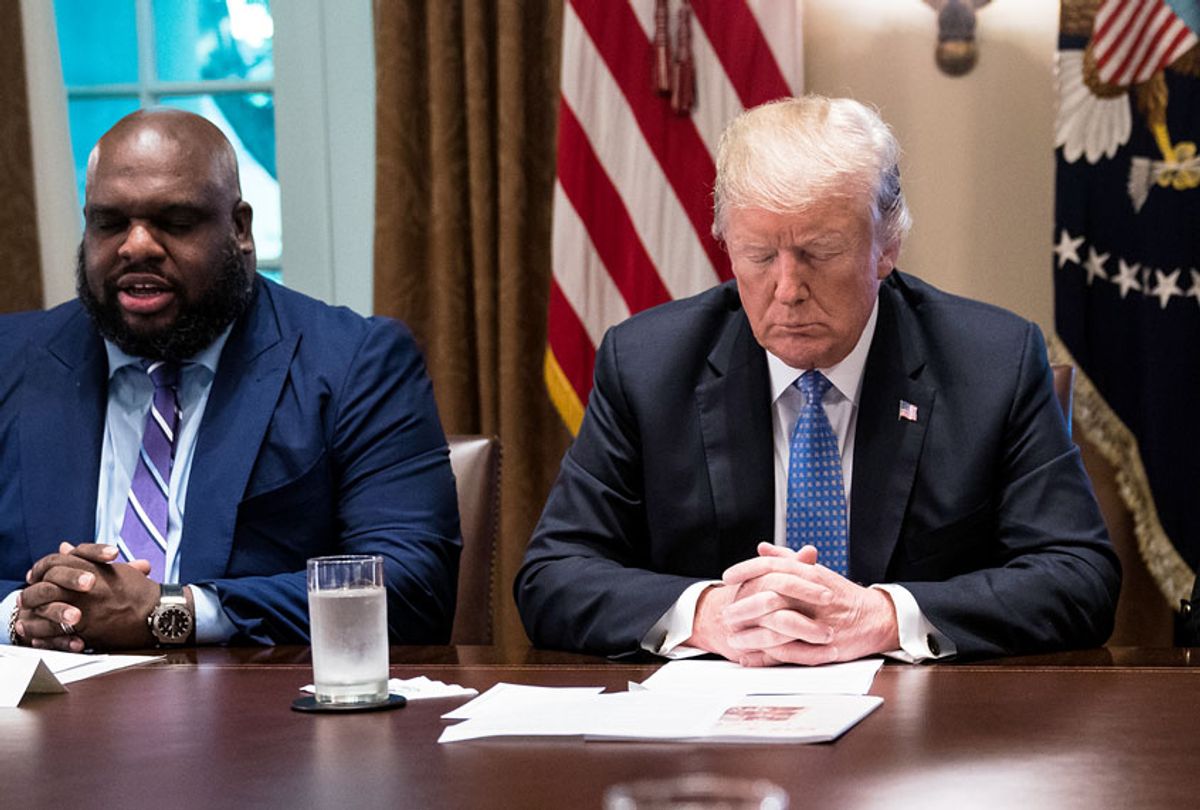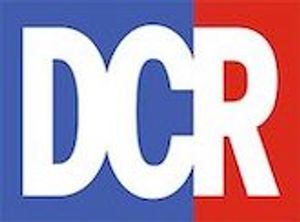As part of every campaign speech – and in that single, awful debate – Donald Trump refers to helping black voters. Specifically, he cites lower unemployment numbers than in the years before his presidency and the introduction of opportunity zones for investment in specified urban neighborhoods.
Actually, when you look at these opportunity zones, the investments are spotty, the job gains are negligible and they serve primarily as write-off opportunities for wealthy investors to avoid federal capital gains taxes.
A Politico examination of the program found there is less in these vaunted programs than promoted by Trump looking for ways to show he has been the most beneficial sponsor of programs for the black community since Abraham Lincoln. That's his urban mantra.
Trump claims this anti-poverty program has attracted "$100 billion of new investment . . . into 9,000 of our most distressed neighborhoods" and created "countless jobs."
Now even the White House Council of Economic Advisers says the number is closer to $75 billion in private investment since December 2017. Yet independent sources told Politico it is between 2½ and seven times too high. They said there have been investments between $10 million and $30 million. Since the program was set up with no reporting rules, there is no way to know.
The 60 Minutes television program talked with owners of benefitting businesses, who said the claims of added jobs are figments of presidential imagination. They said existing businesses have been helped, but to the tune of adding say 10s of jobs each.
In other words, the Trump claims are not wrong – just way overstated.
Attracting investors
Opportunity zones were created in December 2017 to attract investors, giving them the chance for tax avoidance if they re-invested in funds concentrating on businesses in or abutting Census tracts designated as high- or low-poverty areas.
Politico found that to date, these opportunity zones mostly benefited neighborhoods already on the upswing and middle-class renters. The opportunity zone program has no job guarantees and no mechanism requiring projects to benefit any poor person. Indeed, much of the money has gone toward building luxury apartments, hotels and office towers – showing that the main beneficiaries are, well, wealthy rather than poor.
A recent study suggests the opportunity zones have actually attracted slightly fewer new jobs than areas that were eligible for the zone program, but not selected for it. The Economic Innovation Group looked at Cleveland, which is home to half of the publicly announced opportunity zone projects in Ohio. Interviews with the developers show that opportunity zone funding was not essential to making the projects happen, since they were already active.
One example cited was Kevin Wojton, who bought an abandoned building to convert it into a rock-climbing gym, yoga studio and tech nonprofit with a bank loan and now his own investment of $100,000 for which he gets a tax write-off. Total job impact: 50 to 75 temporary construction jobs and 15 to 25 permanent jobs in an area now starting to boom. It has two public housing projects nearby, qualifying it.
In other words, who's benefiting most? Real estate developers like Donald Trump win.
Election fodder
Joe Biden has criticized opportunity zones for subsidizing too many "high-return projects, like luxury apartments." He's proposed including incentives for investors and developers to work with community organizations to build projects with social benefits.
More affordable housing would be one such focus, and there are examples of investors using the program to build apartments with variable rents, but mostly housing for middle-class tenants rather than the poor.
Would these have come about without the opportunity zones? Experts say philanthropic funds and participation by important neighbors like hospitals or a good-sized employer may have done so as well. The issue seems to be to get the attention of investors – which is where the tax incentives come in.
Ned Hill, an economic development professor at Ohio State University told Politico that neither the climbing gym apartments for medical residents will "affect the lives of low-income people in any major way." Yet city halls and chambers of commerce praise the zones, Hill says, because they can add to old industrial cities' tax bases by helping some projects "become bankable."
Tax credits don't assure that poor areas will become economically viable, but they may extend the boundaries of adjoining built-up areas.
Housing and real development in economically deprived areas will require more direct government intervention – you know, just the kind of thing that Trump calls socialism.
Until then, take the claims of success with opportunity zones with a huge grain of salt.




Shares